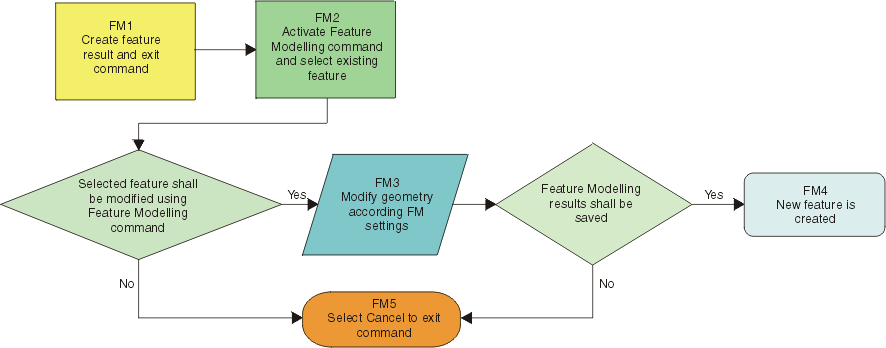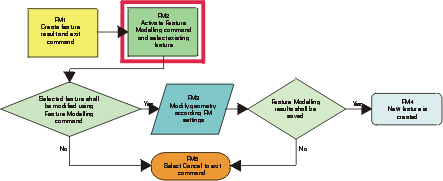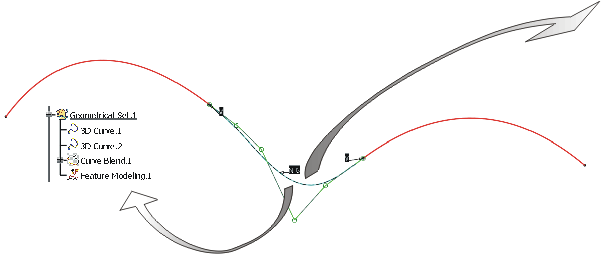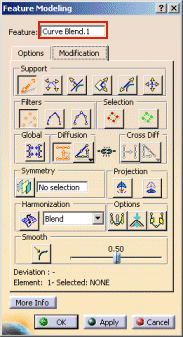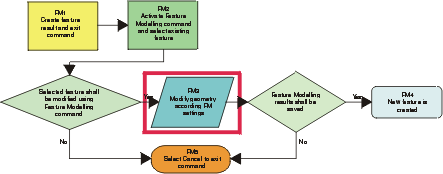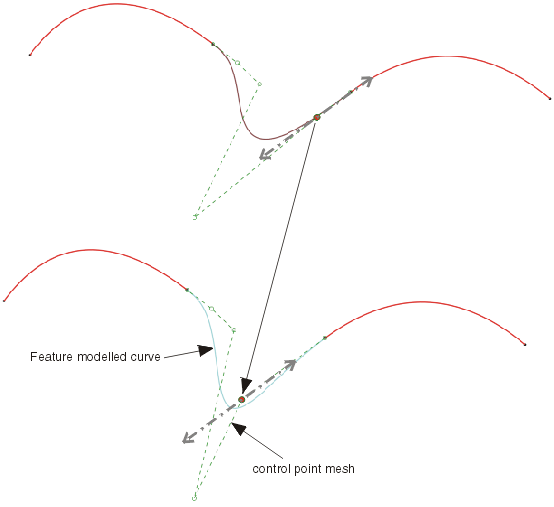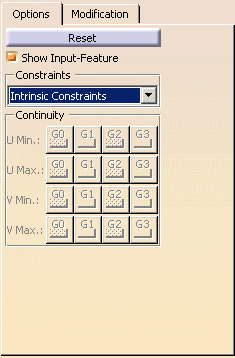Introduction
These two approaches have for a number of years been the industry standard for surface modeling, with the parametric (feature based) modeling being the more recent of the two. Each approach has its advantages and its disadvantages.
With free form (explicit) surface modeling, the user can quickly generate geometry without the need to maintain any history to how the geometry was created. Users have more control over the quality of the results, but modification to the geometry however is usually more cumbersome should the shape require a significant change (e. g. if fillet radii change from 5mm to 10mm). In most cases the user is required to start again.
With parametric (feature based) surface modeling, users create geometry from a number of inputs and parameters. These inputs could be curves and the parameters are usually components such as a length value or a radius value. The advantage here is that should one of the inputs or parameters require modification, the feature result does not lose its history. Thus rapid changes to geometry specifications can be achieved with minimum effort.
Modification to the aesthetical shape of a surface feature is very difficult in some cases, as it is very difficult to replicate an aesthetical design intent from a stylist through a few parameters. Which is why the explicit modeling approach remains the main solution today in achieving this requirement.
With these two approaches, many companies try to avoid mixing them during their design creation, as although each approach has its benefits, different users skills are required to work within the two worlds. Usually the more aesthetic surface shape creation is performed in the explicit world, and the more engineered surface creation is performed in the parametric world.
ICEM Shape Design introduces a new paradigm shift in surface modeling approaches by bringing these two worlds together by introducing the concept of Feature Modeling.
What do we mean by Feature Modeling?
Users will still be able to create and modify the inputs and parameters of a feature result in the usual way, but now with the added advantage of being able to directly modify the geometry by its control points. i. e. explicit modeling.
When a user wishes to perform ‚'Feature Modeling' on an existing geometric feature element, the general concept will lock or freeze the feature and any pre-defined parameters. Thus allowing the user to perform local control point modifications.
Depending upon the feature type, some parameters and manipulators are still offered to the user to allow them to continue making parameter driven modifications.
When modifications are complete, the feature is stored in the data model (CATPart) in the modified state.
